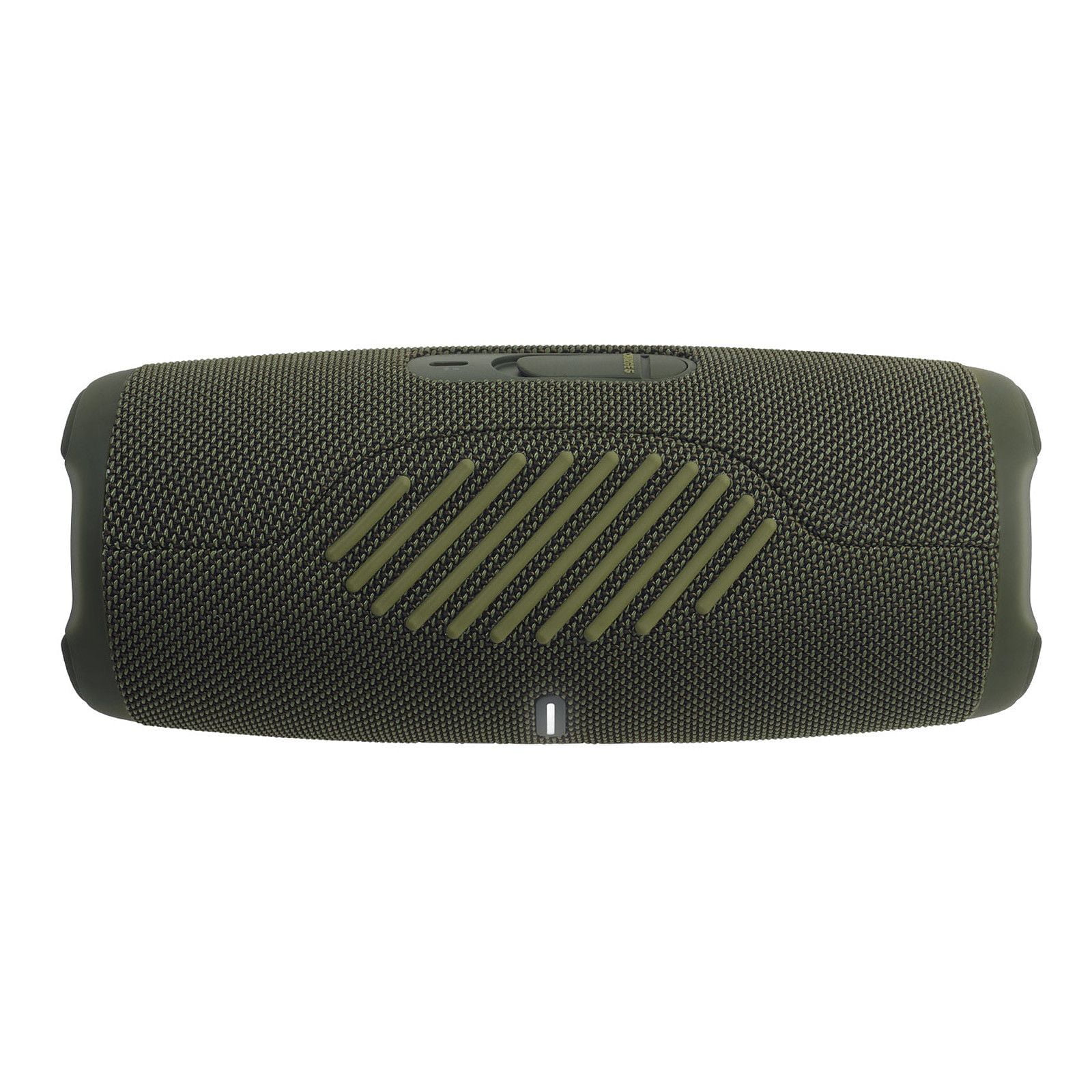
- ULTIMATE EARS MEGABOOM 3 VS JBL CHARGE 5 UPGRADE
- ULTIMATE EARS MEGABOOM 3 VS JBL CHARGE 5 FULL
- ULTIMATE EARS MEGABOOM 3 VS JBL CHARGE 5 BLUETOOTH
ULTIMATE EARS MEGABOOM 3 VS JBL CHARGE 5 BLUETOOTH
The JBL Charge 5 is a very good Bluetooth speaker.

UE’s Boom & Megaboom app, by comparison, offers a five-band equalizer with several presets, as well as other features like an alarm and the ability to set a one-touch playlist. The sound you hear out of the box is the sound you get.

There aren’t any preset sound modes or an equalizer. The app doesn’t let you make any kind of sound adjustments. I was able to get PartyBoost to work with the Charge 5 and a Flip 5, but strangely, not a Charge 4. The app is also how you manage PartyBoost, to connect to another JBL speaker in stereo mode or party mode.
ULTIMATE EARS MEGABOOM 3 VS JBL CHARGE 5 UPGRADE
You can download the JBL Portable app to upgrade the Charge 5’s firmware and see its battery level. It had a good signal up to about 50 feet indoors, with walls between my phone and the speaker. The Charge 5 paired quickly with my phone. At a more reasonable 85 dB, the distortion disappeared and it was still loud enough to be heard over the din of a party or traffic. The Charge 5 put out about 94 dB at max volume - impressively loud, but the audio distorted pretty badly at that level. The difference between the two speakers was easier to hear when listening to Fleetwood Mac’s “Never Going Back Again ” while Lindsey Buckingham’s vocals were clearer on the Charge 5, the fingerpicked guitars were much fuller on the Megaboom 3. However, both songs sounded much fuller and richer on the Megaboom 3, although the vocals weren’t as far forward in the mix. The menacing bass and thumping drums were prominent on The Weeknd’s “Blinding Lights” but didn’t overwhelm his singing. On Black Pumas’s “Fire,” the horns came across bright and punchy, while the vocals were clear above the guitar and keyboards.
ULTIMATE EARS MEGABOOM 3 VS JBL CHARGE 5 FULL
It sounds more balanced than the Charge 4, but it isn’t as full or wide as our current Bluetooth speaker top pick: the UE Megaboom 3. The Charge 5 delivers very good sound for a speaker its size, with easy-to-hear vocals and impressive bass. The light fades as the power decreases - a slick-looking way to see the battery life left, though it’s not as easy to get an accurate read as the five lights on the Charge 4. But the Charge 5 ditches the 3.5 mm auxiliary connection that other generations included.īelow the large JBL logo is a single light that shows the amount of battery power left. At least JBL has kept the Charge’s namesake feature in each generation.

On the back there’s a USB-C port for recharging the battery, and under a rubber flap, a USB-A port that you can use to charge other devices. The PartyBoost button pairs two JBL speakers together in stereo mode or multiple speakers in party mode to spread the sound more widely. The play button can also pause a track, or with a double click, advance to the next song. On the top, you’ll find buttons for power, Bluetooth and volume up/down. Having six colors to choose from is nice, though this is actually a step back from the Charge 4, which was available in 12 colors. That gives the speaker a bit more visual flair, but also causes it to lean like the Tower of Pisa if you want to stand it on one end instead of laying it flat.Īs with the last few versions, the Charge 5 is wrapped in mesh - the same as you'd get on the JBL Go 3 - and has rubber end caps. The end caps, which house the passive bass radiators, are cut at a slight angle, similar to the JBL Flip 5. At 8.7 x 3.8 x 3.7 inches, it’s slightly shorter and a little plumper in the middle than the Charge 4. JBL also tweaked the shape and dimensions.


 0 kommentar(er)
0 kommentar(er)
